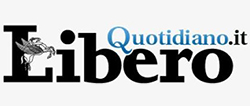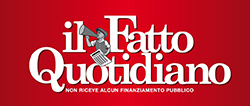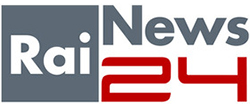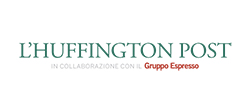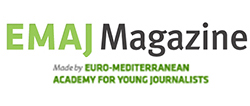The ancient city of Mari in Syria

What a great idea it was to visit the Royal Museum of Mariemont, Belgium, last January on the occasion of the exhibition “Mari en Syrie – Renaissance d’une cité au 3ème millénaire”!
Founded around 2900 on the banks of the Euphrates, the city of Mari drew its power from its privileged position on trade routes, both land and river, connecting Anatolia and northern Syria to Mesopotamia and the Persian Gulf. The exhibition focuses on the last period of the city’s occupation, after it was integrated into the empire founded by Sargon of Akkad, who unified the various city-states of Mesopotamia under his rule around 2250.
In these photos, you can see one of the two famous copper lions discovered on January 23, 1937, by the French archaeologist André Parrot in one of the city’s monumental temples. The lion you see is generally displayed at the Musée du Louvre while the other is in the museum in Aleppo, Syria. These two lions were found in what is known as the Temple of Lions but was actually dedicated to the Lord of the Land.
Based on where they were uncovered, these lions were on the left of the entrance, and visitors coming in would have had to turn around to see them. This position is rather unusual for its time as animals guarding entrances were normally placed symmetrically on either side facing the people entering a building.
They look different now compared to their original appearance. Close examination of the ears, in fact, showed parts were missing from the original structure. The lions do not appear to have been designed with their ears lowered to look submissive and defensive.
I also share photos of a series of stone eyes like those of the two lions. These were uncovered in several different places in Mari’s monumental religious center. Some were found in what is today known as the “room of the eyes”. Unfortunately, there is little left to help us identify the objects the eyes came from, their date, or what purpose they served.
After the Royal Mariemont Museum, the exhibition was hosted by Strasbourg’s Bibliothèque nationale et universitaire.
Photo: Alessandro Di Maio






